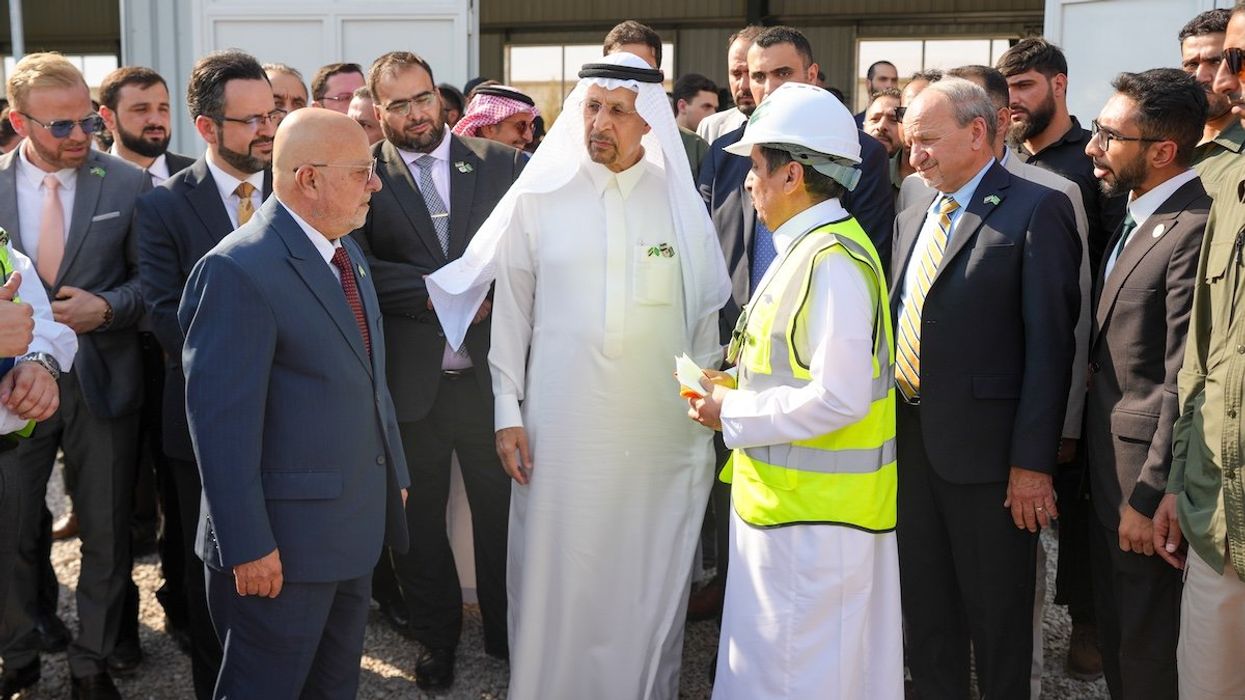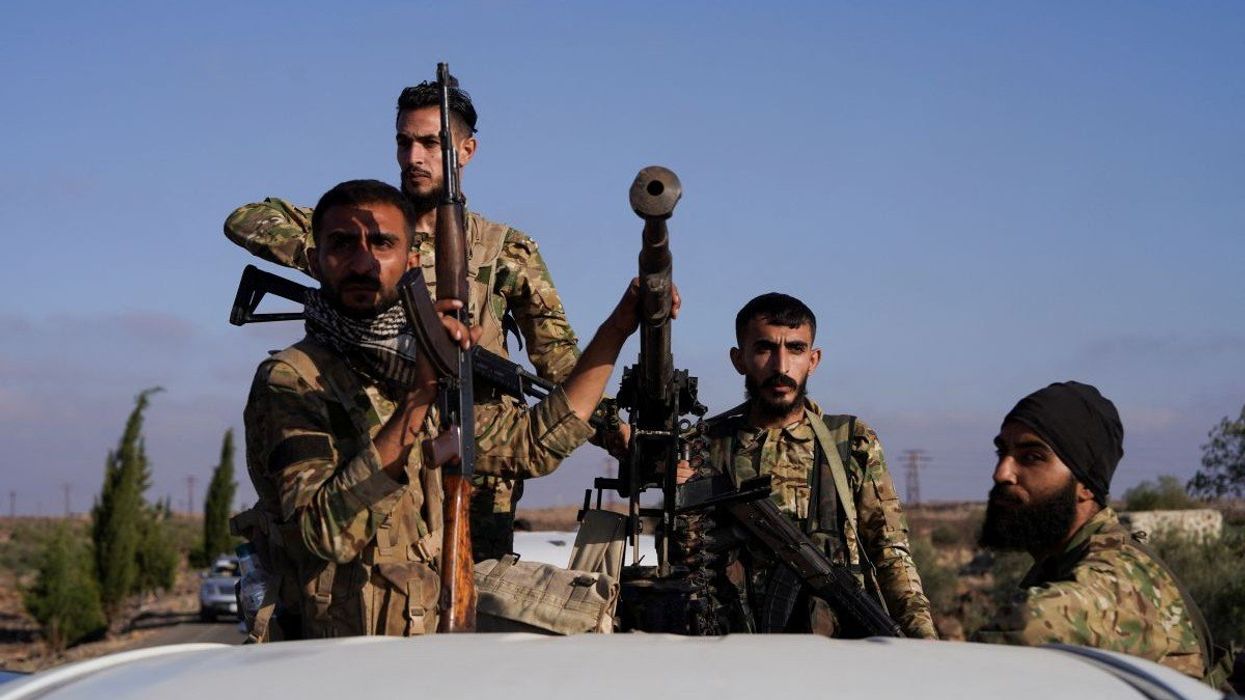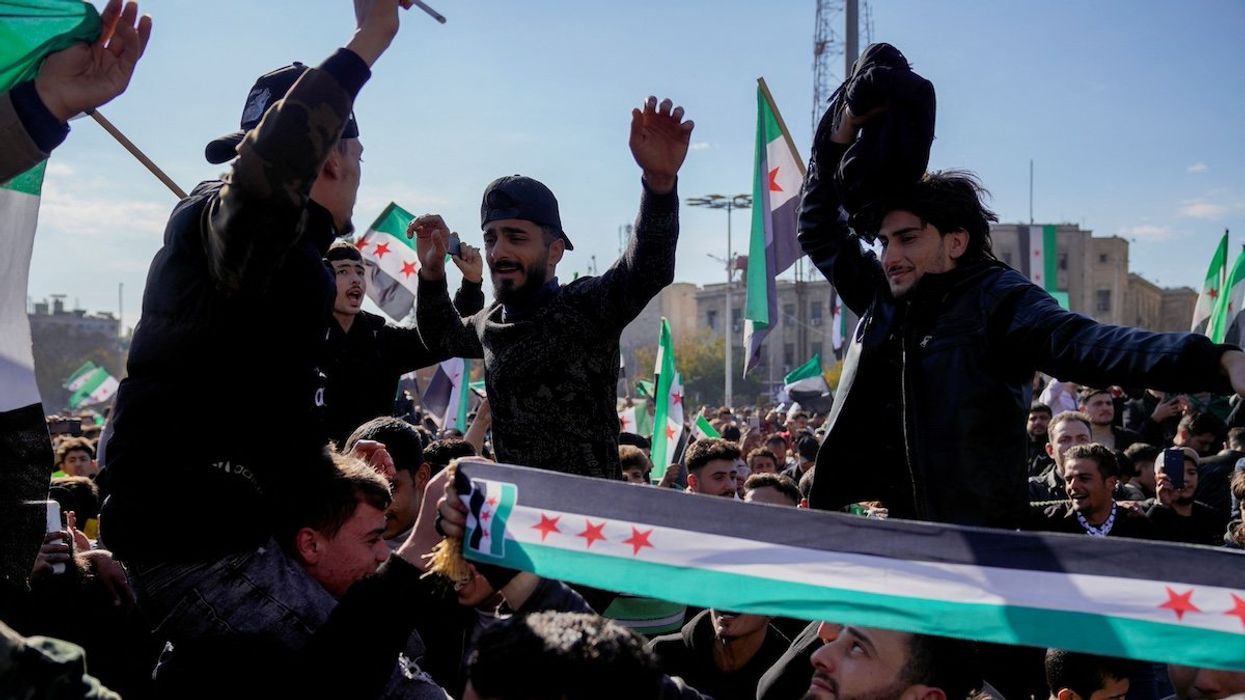What We're Watching
What We’re Watching: Saudi invests in Syria rebuild, Ukraine and Russia seek cash, Thai-Cambodia border battle escalates
Saudi Arabia pledges to invest $6 billion to rebuild the war-torn Syrian economy, Russia and Ukraine scramble to shore up their war-fighting finances, and the Thai-Cambodian border dispute isn’t dissipating.
Jul 25, 2025




